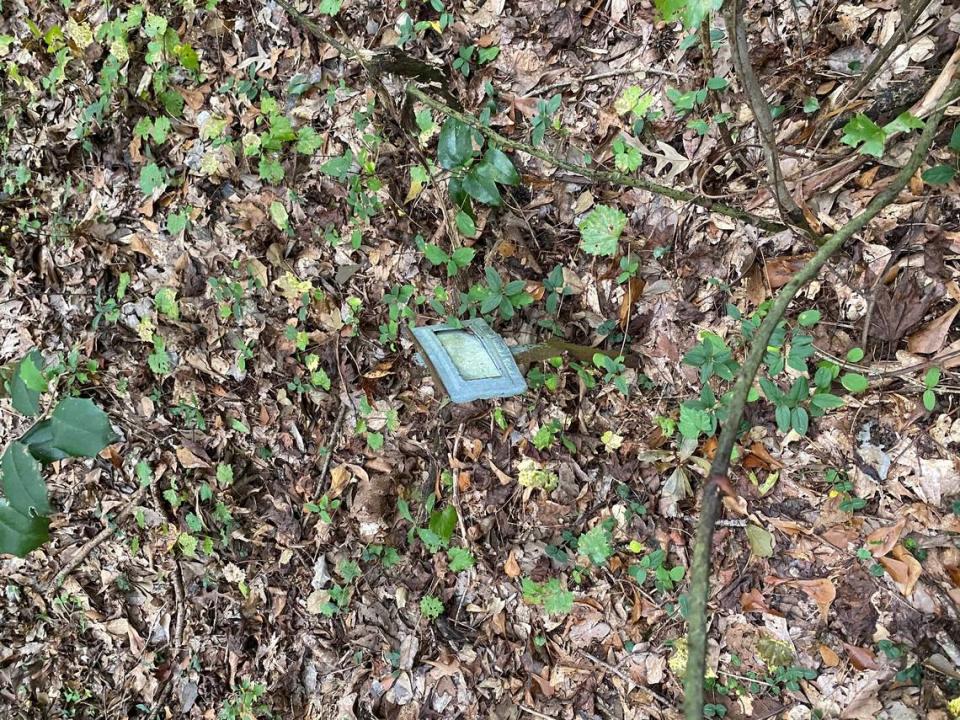Black church lost track of old cemetery — then historians found it hidden in SC woods
A Black congregation lost track of its cemetery — until a discovery tucked in the South Carolina woods yielded clues.
Brian Gandy, historian and director of the Darlington County Historical Commission and Museum, said he helped find hundreds of mostly unmarked graves believed to date back as far as the Civil War.
“Today, the cemetery would be classified as overgrown,” he told McClatchy News on Friday. “It’s fully tree covered. It is in the woods. But yet it is row after row of unmarked graves. You see these 6-foot by 2-foot square indentations in the ground that literally are in row after row after row.”
And they weren’t the only cemeteries spotted on the property.
Over the past year, officials said at least five burial grounds were uncovered on what is now the Clemson University Pee Dee Research and Education Center, a 2,300-acre piece of land located northeast of Florence.
In addition to the African-American cemetery, a team used historical records to help rediscover a graveyard that served as the final resting place for the family of Capt. William Standard, who served in the Revolutionary War, the commission said in a news release.
Two other sites are believed to have been Native American burial mounds that may date back more than 500 years. Also on the Clemson property, historians said they found a graveyard from the early- to mid-20th century, but the identities of the people buried there remain a mystery.
How did the grave sites end up there?
Discovering five burial sites on one property is not completely coincidence, Gandy said. The land that is now the Pee Dee center combined smaller tracts where people in the past may have had family plots.
Also, the area of the property that contains the burial mounds is on high ground near the Pee Dee River, “which is very common land where Native Americans would have put their villages,” Gandy said in a phone interview.
As for the African-American grave sites, Black residents in the past often had to bury their dead on undesirable land.

“That particular area we believe probably was the slave cemetery to begin with for that particular plantation or that particular farm or that community,” Gandy said. “Then it started from that point and moved forward. As those loved ones well after emancipation are beginning to form the congregation, they’re wanting to be buried with their nuclear family.”
From around the 1860s until the 1950s, farm workers and people who attended Pleasant Grove Baptist Church were buried in the area, according to historians. But then, the congregation moved to a new church and cemetery.
“Over time, people lost track of the older cemetery and the people buried there,” the historical commission said in its news release. “Plans are being made to historically commemorate the older cemetery.”
When Gandy made a public announcement about the findings last week, he said someone in attendance saw his grandfather’s long-lost grave site.
“The greatest day I can have at work is when I have the opportunity to connect people with their past,” said Gandy, who teamed up with Clemson University Professor Jim Frederick on the project.
Clemson University didn’t immediately respond to McClatchy News’ requests for comment, and calls to Pleasant Grove Baptist Church went unanswered as of Monday.

 Yahoo Finance
Yahoo Finance 